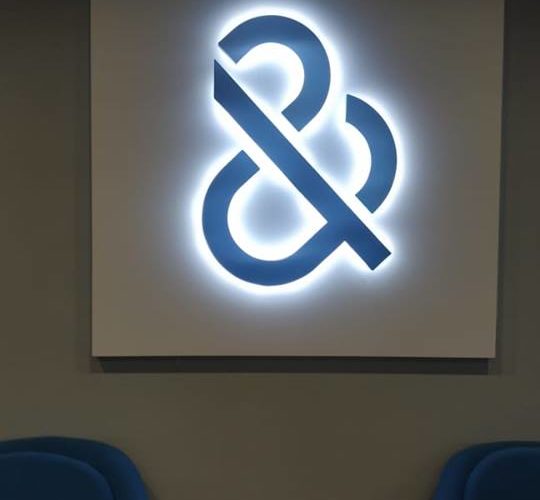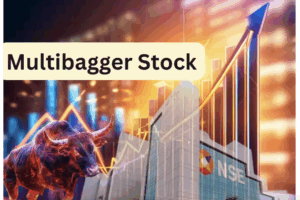
The D&B Business Optimism Index is widely recognised as an indicator, which measures the growth of the business community and serves as a reliable benchmark for investors. The index is arrived at on the basis of a quarterly survey of business expectations.
Dun & Bradstreet Composite Business Optimism Index is at 78.4 during Q2 2019, up by 6.3% as compared to Q1 2019. The survey is conducted on a sample of companies that are selected randomly from D&B’s commercial credit file. The sample selected is a microcosmic representation of the country’s business community and includes companies from several sectors including basic goods, capital goods, intermediate goods, consumer durables, consumer non- durables and service sectors.
All the respondents in the survey are asked six questions about their expectations as to whether the following critical parameters pertaining to their respective companies will register an increase, decline or show no change in the ensuing quarter as compared to the same quarter in the prior year: Volume of Sales, Net Profits, Selling Prices, New Orders, Inventories and Employees. The individual indices are calculated by the percentage of respondents expecting an increase.
According to the survey, optimism for net profits stands at 69% – an increase of 6 percentage points as compared to Q1 2019 while optimism for new orders stands at 63% – the same level as in Q1 2019. The optimism for volume of sales stands at 74% – an increase of 3 percentage points
as compared to Q1 2019 while the optimism for selling prices stands at 23% – an increase of 4 percentage points as
compared to Q1 2019.
“The Dun & Bradstreet Business Optimism Index for Q2 2019 has marginally increased compared with the previous quarter as a result of several positive developments: The monetary easing and liquidity support by some of the major Central Banks globally, steady inflow of foreign investments, increase in aggregate investment limit for Foreign Portfolio Investors, measures to improve flow of funds to the commercial sector, easing norms and cost of borrowing overseas for importers, easing depreciation pressures over rupee, increased forex reserves, increasing corporate profitability and expectation of election related spending are likely to have supported optimism levels during Q2 2019. This has helped to offset negative sentiments which had emerged from news about
metrological expectations of weak monsoon, de-growth in auto sales, financial difficulties in one of the major private sector airlines, surge in the oil prices and rising external sector risks. Further, the survey revealed that businesses are expecting an increase in sales and net profits for the ensuing quarter. The optimism over selling prices
have increased indicating that companies are now confident of passing increased prices ofinputs to the customers” said Manish Sinha, Managing Director – India, Dun & Bradstreet.
74% of the respondents expect volume of sales to increase in Q2 2019 compared to 71% in Q1 2019, an increase of 3 percentage points. While 18% expect it to remain unchanged, 8% expect the volume of sales to decline. 69% of the respondents expect an increase in net profits in Q2 2019, compared to 63% in Q1 2019, an increase of 6 percentage points. 23% expect net profits to remain unchanged, while 8% expect it to decrease.
70% of the respondents expect no change in the selling price of their products for Q2 2019. 23% of the respondents expect the selling price of their products to increase during Q2 2019, while 7% expect a decline. 63% of the respondents expect their order book position to improve in Q2 2019, the same level as in Q1 2019. While 29% of the respondents expect new orders to remain unchanged, 8% anticipate new orders to decrease.
40% of the respondents expect an increase in the size of their workforce employed during Q2 2019, the same level as in Q1 2019. While 53% anticipate no change in the number of employees, the remaining 7% expect their workforce size to decline. 39% of the respondents expect their inventory level to increase during Q2 2019, as compared to 22% in Q1 2019. While 48% anticipate no change in inventory level, 13% expect inventory level to decline.



